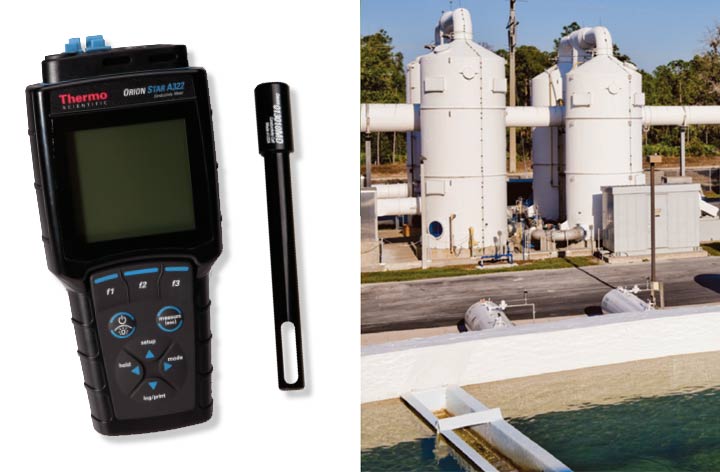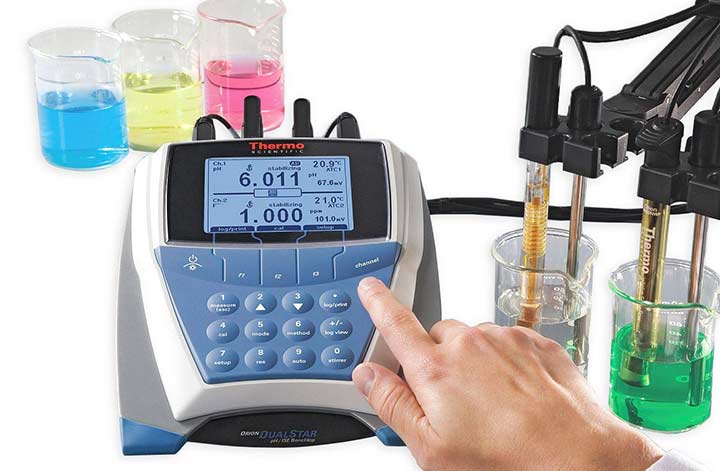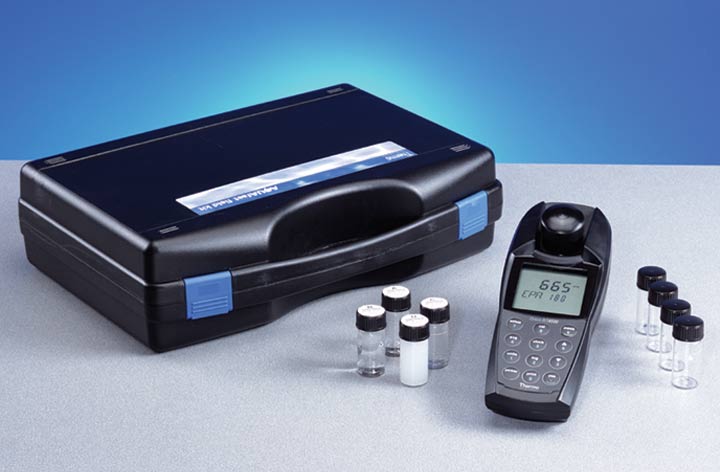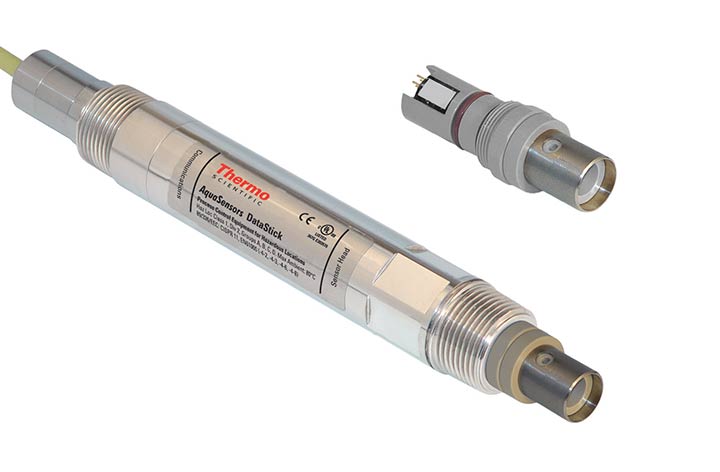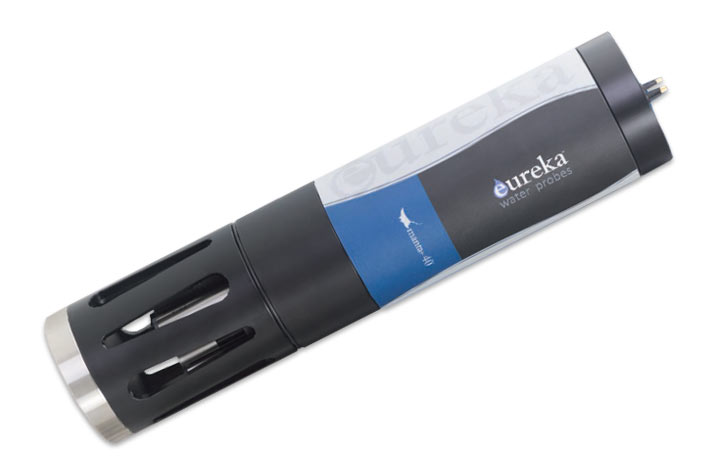Measuring Water Temperature
 Physical temperature of the watercourse. Largely dictated by climate, but also of interest around thermal discharges. Temperature extremes can be harmful to aquatic organisms, and also have an effect on other parameters, e.g. pH and dissolved oxygen.
Physical temperature of the watercourse. Largely dictated by climate, but also of interest around thermal discharges. Temperature extremes can be harmful to aquatic organisms, and also have an effect on other parameters, e.g. pH and dissolved oxygen.
The most common physical assessment of water is temperature. Temperature has a huge impact on both the chemical and biological characteristics of surface water. Temperature affects the dissolved oxygen levels in the water, photosynthesis of aquatic plants and metabolic rates of aquatic organisms. The temperature in water can make aquatic wildlife extremely sensitive to disease. Thermal pollution is where hot water is introduced to water that is at a cooler temperature. This generally appears around power plants as they distribute hot water that has been used to cool equipment directly into streams. As well as this, another common factor contributing to thermal pollution is if there is increased erosion, the sediments in the water absorb heat from the sunlight which then increases the water temperature. Warm water is less capable of holding dissolved oxygen which can be fatal to aquatic wildlife. It can leave aquatic organisms in a weakened physical state making them more susceptible to diseases and pollutants. For this reason temperature should be monitored at the same spot in the water at which dissolved oxygen in monitored.








